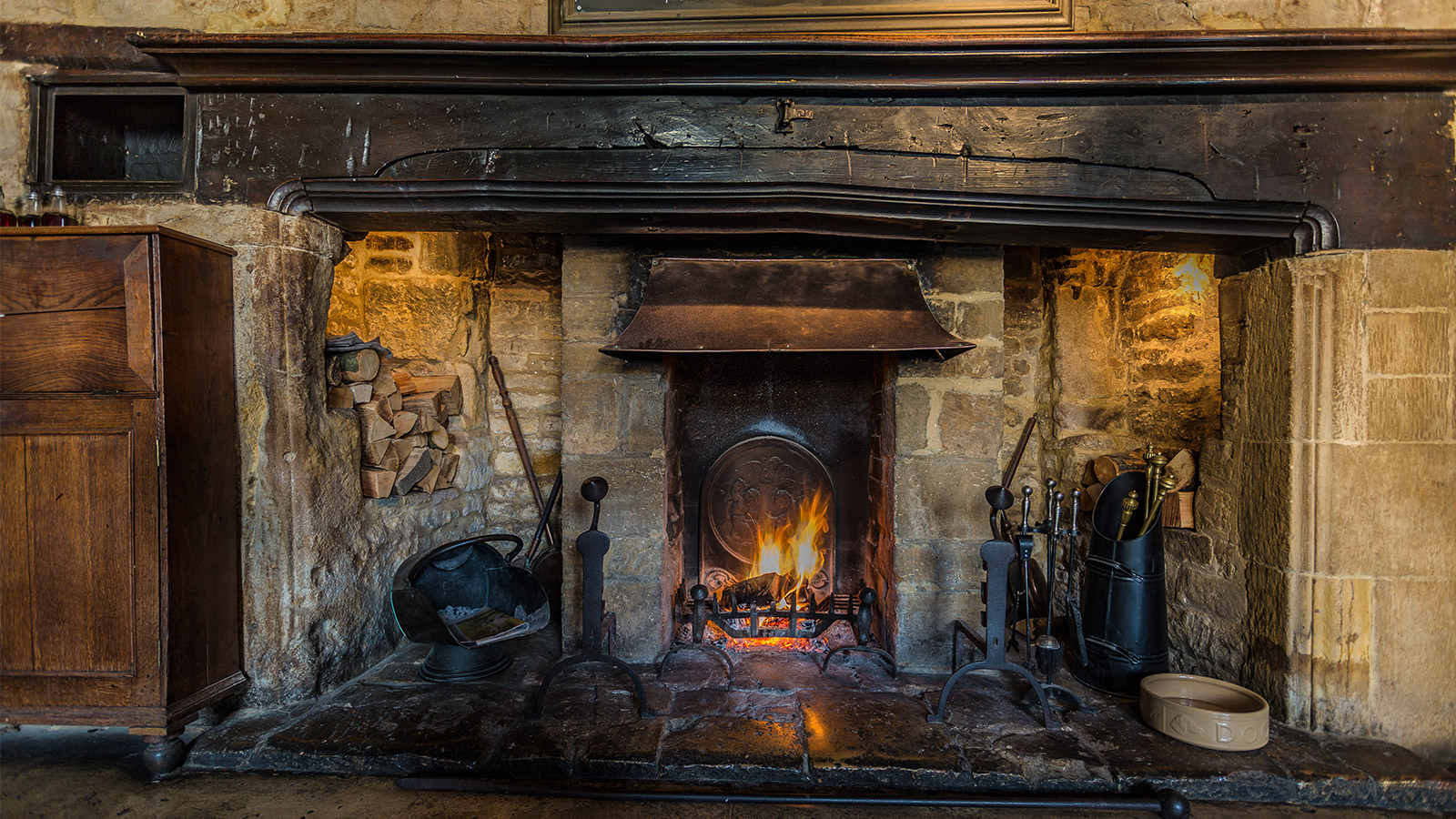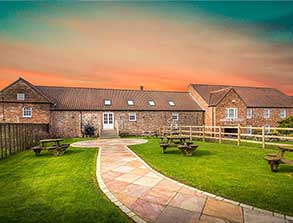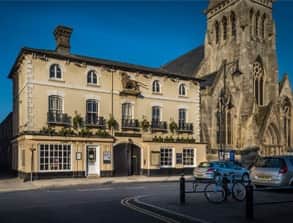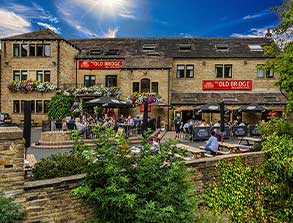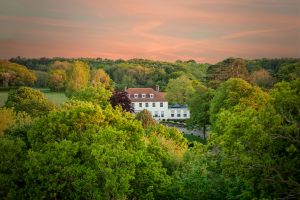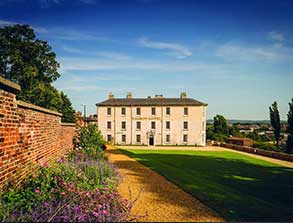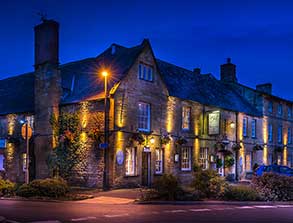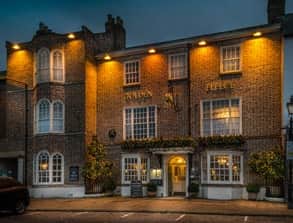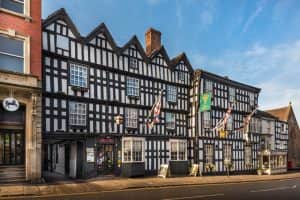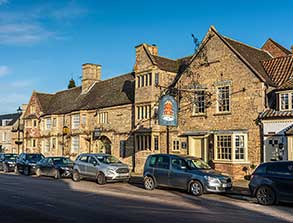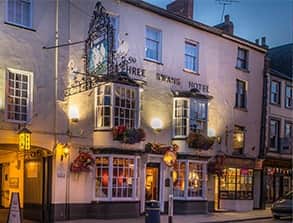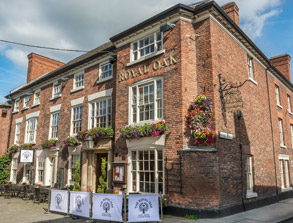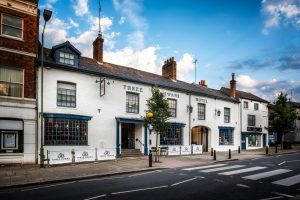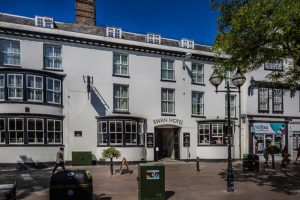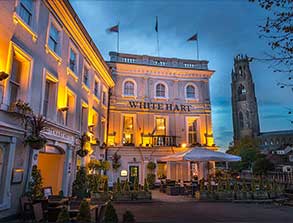Charles I stayed here twice during the English Civil War
The White Hart Royal Hotel, in the centre of Moreton-in-Marsh, is at a historic junction of the Fosse Way, the Roman cross-country road connecting Lincoln to Exeter, with the principal route from London and Oxford to Worcester. Well-preserved timber-framing, thought to date from the 1400s, can still be admired in parts of the building, which is known to have been an important inn since at least the 1600s.
Originally called The White Hart, its most famous guest was Charles I, who stayed overnight on two occasions while on military manoeuvres during the English Civil War in 1644 and 1645. Memories of the first visit survived in local oral history, and have been the inn’s chief claim to fame ever since. Knowledge of the second visit has been rediscovered only recently in a rare seventeenth-century account of the war.
From the opening of the first turnpike road passing through Moreton-in-Marsh in 1731, The White Hart became an important coaching inn. It was owned by the Winslow family, who soon afterwards invested in expanding the stabling for up to 70 horses, and who in 1782 commissioned a major rebuild, which created the Georgian façade that graces the High Street today.
The arrival of the railway in 1853 heralded a new era for the town and for the White Hart, which came under the control of the entrepreneurial Robert King. He built the assembly room at the back of the hotel, enthusiastically promoted the connection with Charles I, acquired the royal coat of arms now displayed above the main entrance, and renamed the hotel The White Hart Royal.
Many of the oldest architectural features of the hotel were revealed and preserved during a restoration in the 1920s by Trust Houses Ltd, the country’s first national chain of hotels, and owners of the hotel until the 1990s. The White Hart Royal was acquired by The Coaching Inn Group in 2008, and has since undergone a major refurbishment to meet the needs of today’s market while respecting and retaining the many features of its fascinating heritage.

